Known as “the Tonkinese Alps”, Sapa is a beautiful small town in Lao Cai Province which is home to diverse Vietnamese ethnic minorities. From the lush mountainous areas to golden rice fields to the unique culture of ethnic tribal groups, you will marvel at the stunning beauty of Sapa’s culture and ethnic people at each season.

Travel to Sapa in the rain, you can admire the awe-inspiring beauties of Sapa. It sounds weird but worth a try! Here is a list of interesting things to do you can experience in Sapa when raining.
Overview of Sapa Weather
Located in the mountainous area in Northern Vietnam, the weather in Sapa town changes rapidly. The dry season in Sapa lasts for three months from October to April. Specifically, the winter weather is quite cold from December and goes all the way to the end of February of the next year. The period from June to September is the rainy season, which is inconvenient to outdoor activities in Sapa.

However, a rainy day is perfect for you to refresh yourself and experience some indoor activities in Sapa. Do not forget to take a shot of majestic moments of terraced rice field or mist-covered Hoang Lien Son mountain ranges on the rainy day. Furthermore, it is a good chance to learn about the culture of local tribes-people.
>>> See more: Infographic – The best time to visit Vietnam (Travel Guide & Tips 2020)
Things To Do In Sapa When Raining
1. Learn the culture of ethnic minorities in Sapa culture museum
Every corner of Sapa town is covered with the colorful culture of ethnic minorities. There are five main ethnic groups in Sapa that are the Hmong, Dao, Tay, Giay and Xa Pho. The majority of Sapa inhabitants are the Black H’ mong people with their distinctive traditional costumes. You can take your time to the Sapa Culture Museum to get to know about the diverse cultural differences among ethnic tribe groups.
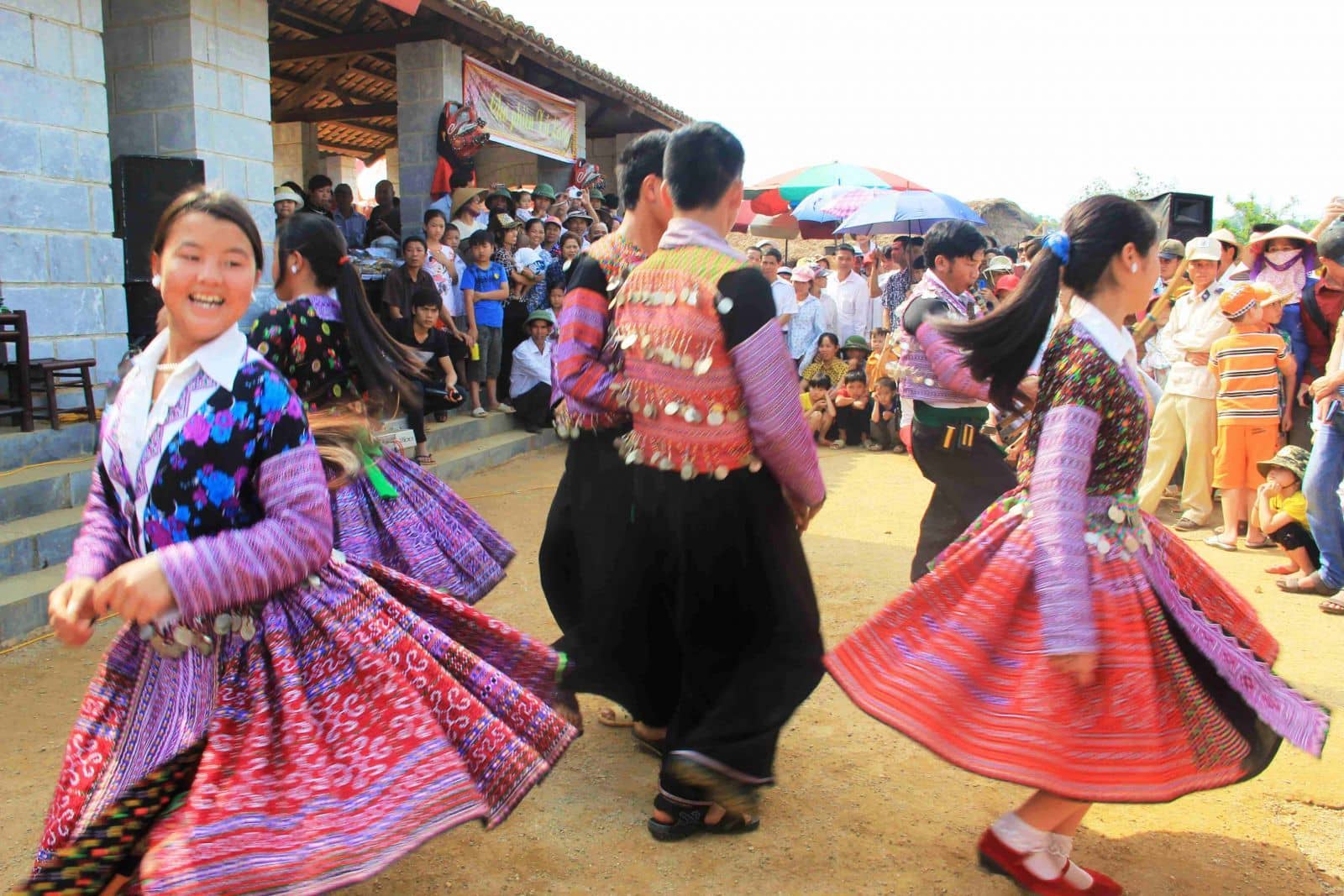
Before entering into the engaging exhibits, you will marvel at the attractive exterior of the stilt house. The Sapa Culture Museum offers the showcase of distinctive customs, traditions, cultures, and history of Sapa development. After that, there is a wide range of handicraft products, embroideries or clothes you can buy for your family and friends.
2. Buy some handicraft products in Sapa market
You can take a walk to get a deep understanding of the local daily life of local people. Go into Sapa market, you not only see the selling and buying activities but also join in the hub of Hmong, Dao, Nung ethnic lives. There are many local markets active every day, but there are some only open once or twice a month. Do not miss the chance to enjoy local specialties and buy interesting Sapa souvenirs.
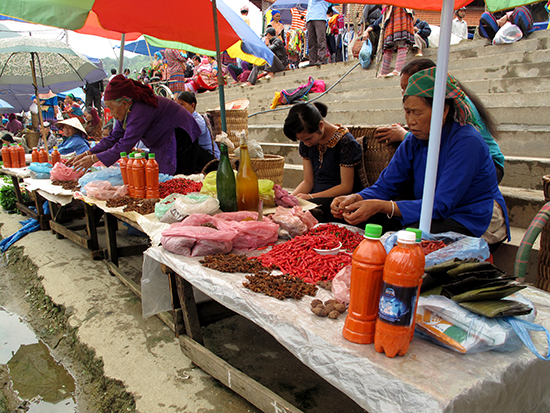
Moreover, Sapa pharmaceutical products and medicinal herbs are well-known in Vietnam. Amongst the famous medicinal herbs, raw honey, and dried mushrooms are always one of the most worth buying natural products. It is reasonable and good for your health. Additionally, you can enjoy fresh tropical fruits in Sapa markets such as apple, peach, and pear.
3. Admire the unique architecture of the Holy Rosary Church of Sapa
Come to Sapa town, you will be surprised by its French colonial architecture in Sapa buildings. Holy Rosary Church is a symbol of Sapa town built during the history of the French colony. Established in 1985, the Sapa church is in the middle of the main square where local activities and other cultural performances happen on Saturday.
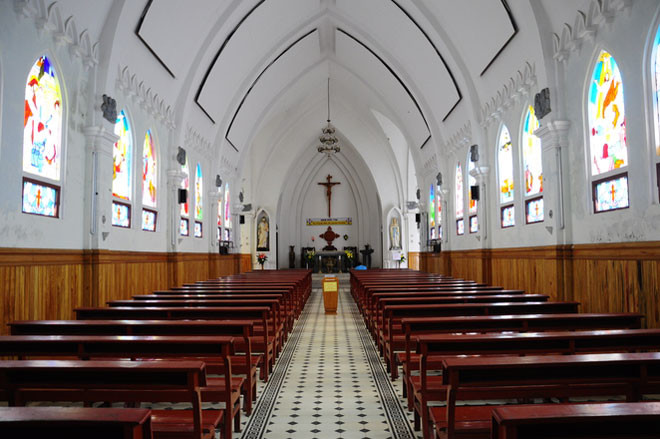
The whole church was constructed from the combination of sand, lime, and molasses with the total areas more than 6000m2. By the 1930s, there are more than 200 French buildings, running water, sewage systems, telephones, telegraph lines. After the bombing in 1952, many of the French villas were destroyed.
4. Enjoy the most tasty flavors in Sapa
In addition to the distinctive culture and majestic nature, you must savor the local food with traditional Hmong-style cuisine when coming to Sapa town. Appeared more than 200 years, horse meat soup is a traditional dish of the H’ mong people in Sapa. It is one of the most horrifying food because of its unpleasant smell and taste. You can challenge yourself with this “special” dish or relax with many delicious specialties such as bamboo-tube rice, free-range pig, dried buffalo meat.

Another food adventure in Sapa town you cannot miss is a wine from Assam apple that is made from the fermentation of Assam apple. It is a kind of apple harvested from Hong Lien Son Mountain from August to October. To experience this flavor, you can go to these places to enjoy your food experiences:
- A Quynh Restaurant
- Moment Romantic Restaurant
- A Nguyen Restaurant
- Sapa Grilling Area
- Fansipan Restaurant
- Sapa Cuisine Restaurant
5. Drink your coffee at the cafe in the clouds
Sit on the veranda of a hillside cafe, enjoying the splendid mountainous views is one of the must-try experiences in Sapa in the rain. With a majestic background of valleys and mountains, you can watch the fluffy white clouds moving slowly. Do not forget to take shots of the breathtaking scenery of nature hidden in the clouds.

One of the most famous coffee chains you can drop by is Cong Caphe that is famous in Sapa in particular, and Vietnam in general. This coffee shop has its military-style decor and vague lights that create a mellow atmosphere. It is described as “slightly hipster” by foreigners. You can also try one of the most delicious coffee in the world with a wide range of beverages such as iced coconut coffee, coffee with condensed milk, and so on.
6. Participate in an H’ mong Sewing Class
Black H’ mong textiles is a precious treasure in Sapa due to their concentration on handmade items and natural dyes. They use embroidery primarily to make colorful clothes for the H’ mong New Year, which is called “flower cloth”. Many people said that Chinese people forbid H’mong people to use their original, written language. Therefore, they sew the symbols into their clothes to create messages for their communication.

Embroidery often uses the traditional motifs associated with treasure chests with elephant feet, dragon tails, nature, and animals. This sewing class lasts for about one hour. An experienced Black H’ mong woman will give you an overview of the fabrics, threads, and symbology as well as the development of embroidery in the ancient times.
7. Get the panoramic view from a train across Muong Hoa Valley
Another thing you can explore is to watch the natural masterpiece from Muong Hoa Mountain Railway. This railway connects Sapa town with the Fansipan cable car station.

Muong Hoa valley is home to many ethnic minority populations such as Ban Ho, Lao Chai, Ta Van, Ta Phin. What makes this place attractive is that the terraced rice fields interwoven with the ground-breaking techniques on the high mountains of the H’mong and Dao peoples.
8. Relax on the special bathing therapy of Red Dao ethnic people
Come to Sapa town, you have a chance to experience a special bathing therapy created by the Red Dao ethnic people. This traditional herbal water is extremely famous due to its healthy natural materials. Specifically, wild fokienia is one of the aromatic essential oil extraction that keeps your scent for a few days.
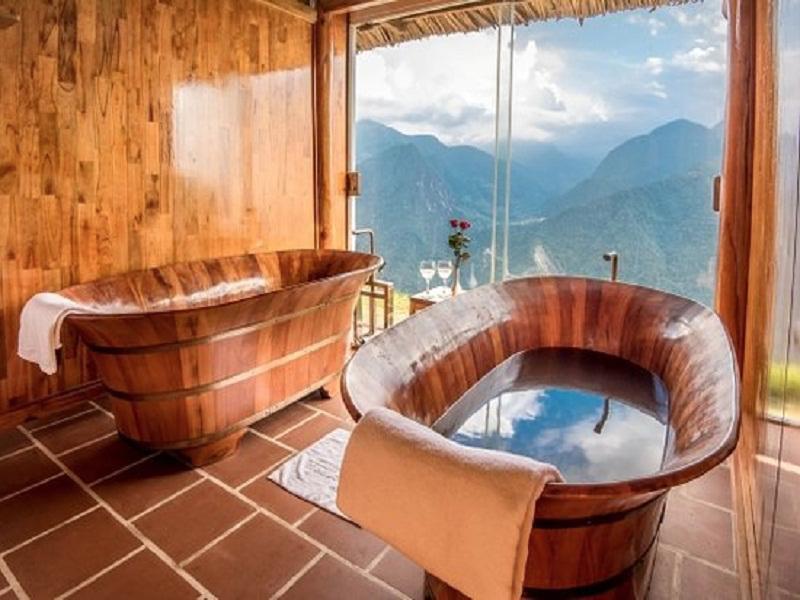
A herbal bath has to use from 10 to 100 ingredients and boils for three hours. Maintaining bathing therapy every day is good for your health. It can reduce musculoskeletal pain, rheumatism, and treat some skin diseases.
*, Some travel tips when traveling to Sapa in the rain:
You can face four seasons during a day but the average temperate of Sapa is approximately 15 degrees Celsius per year. It is necessary to put on warmer clothing to keep your body warm such as bringing a waterproof jacket, sweater, and wool socks. Remember to carry slip-resistant shoes to help you move easily!


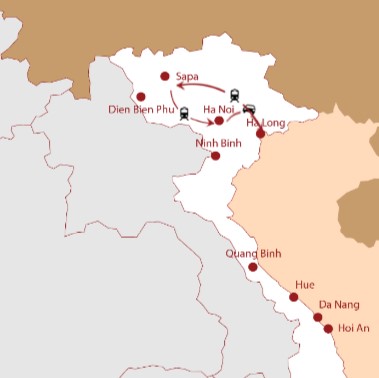



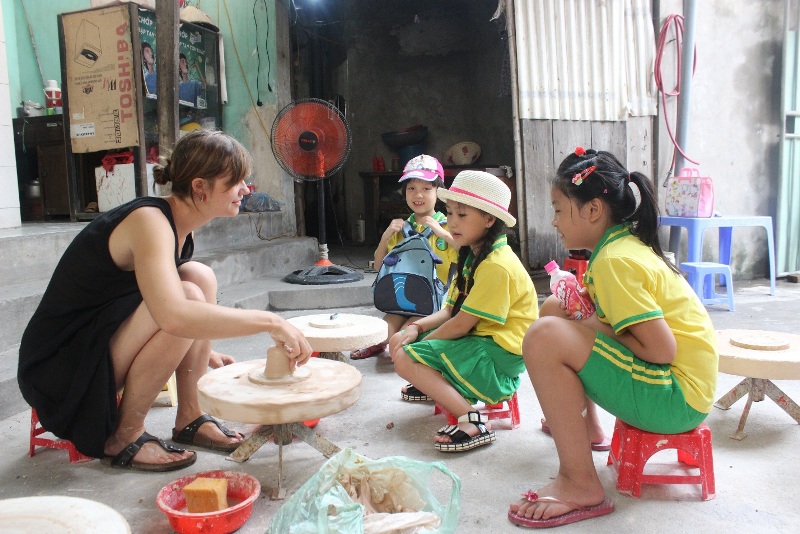





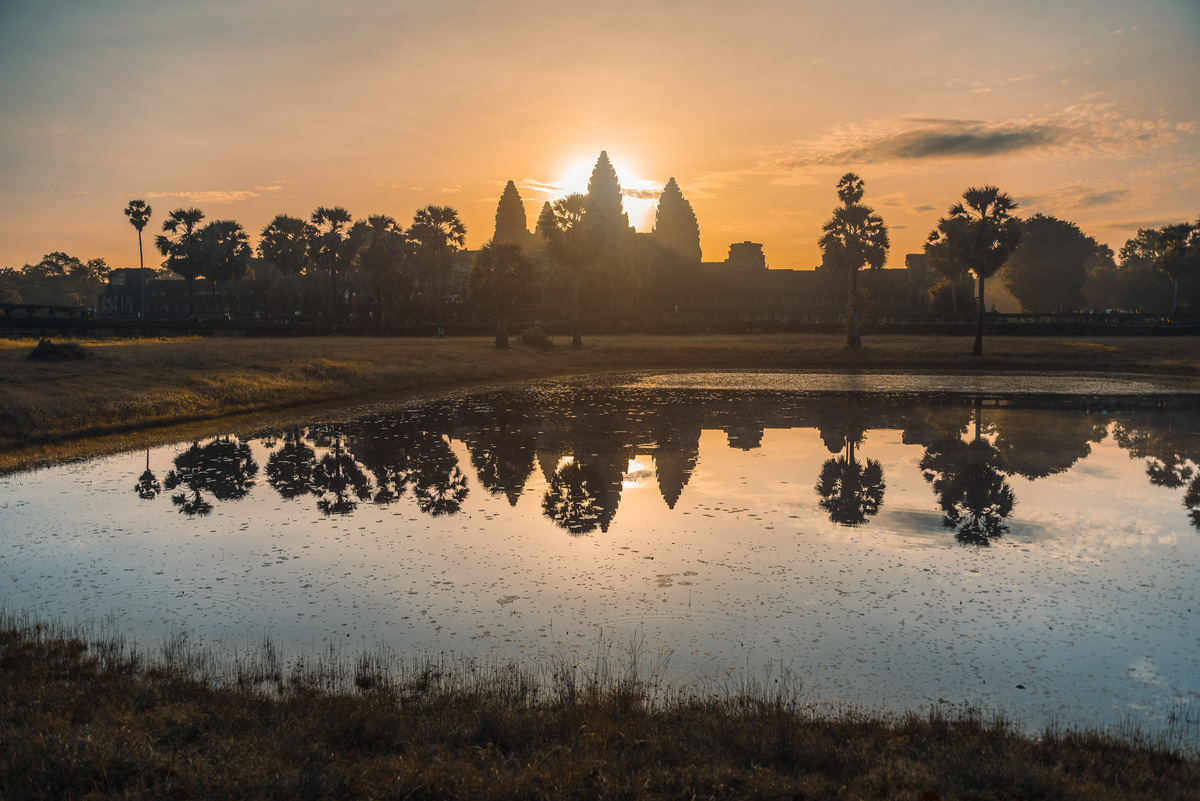





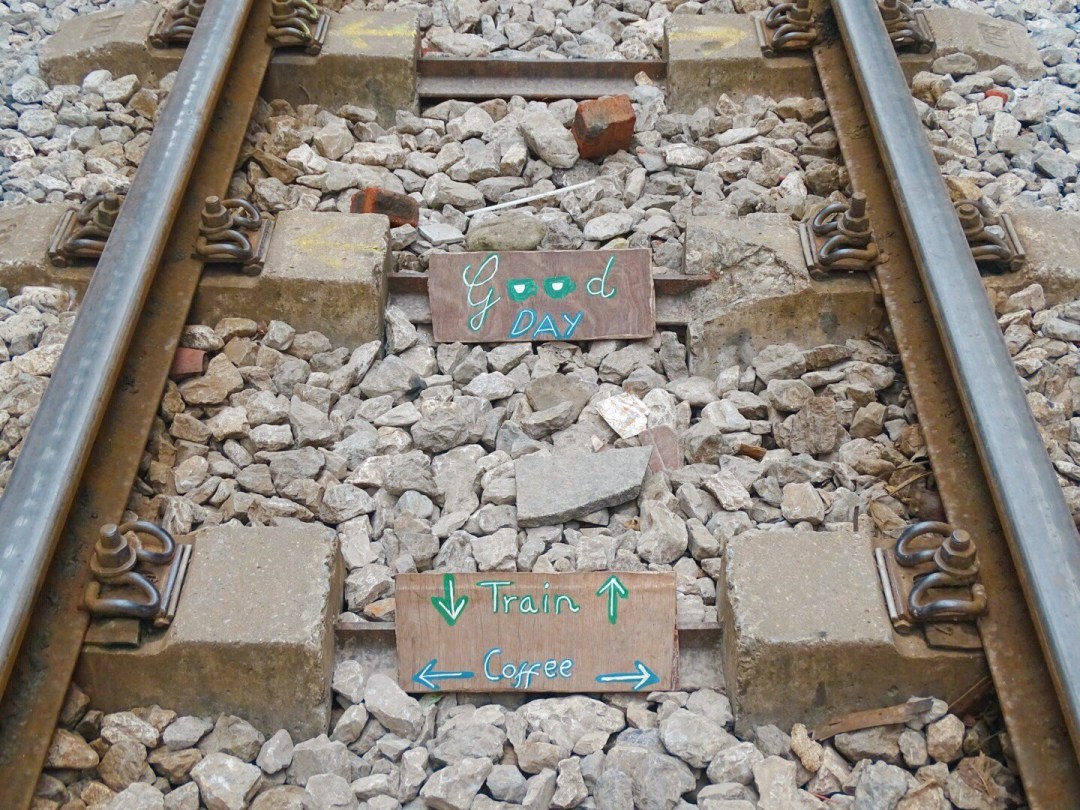
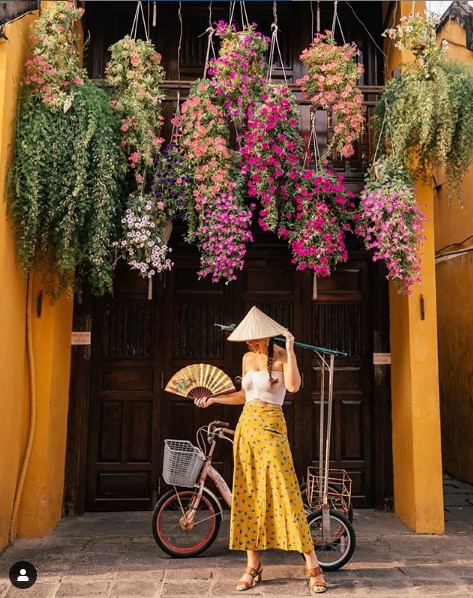
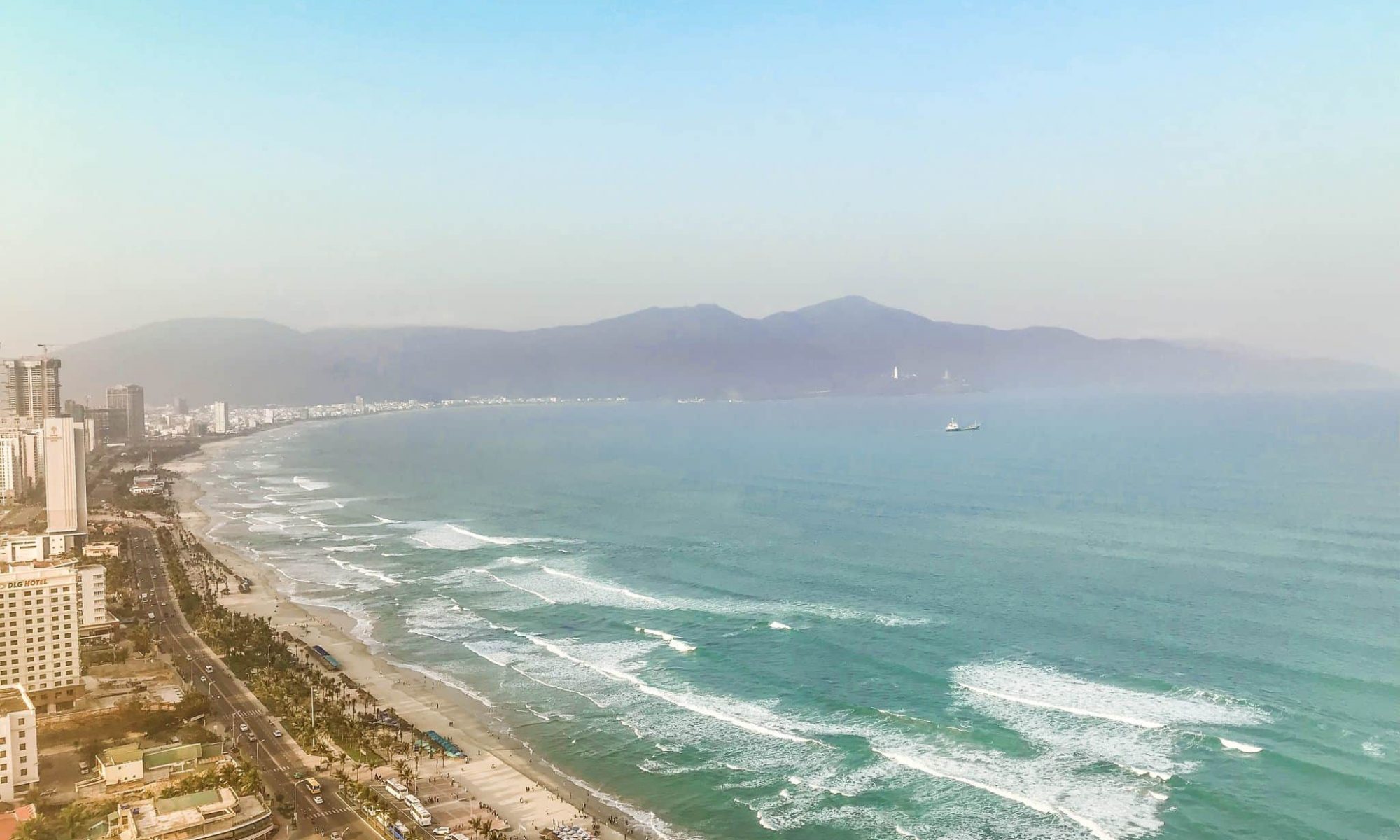
 Linh Ung Pagoda, located on the peak of Ba Na Mountain at the height of 1.400 meters, was officially inaugurated on the 5th of March, 2004. Belonging to the Mahayana branch, the pagoda’s architecture is similar to the Tam Thai’s pagoda with a large stone-paved yard and a special pine tree with three different kinds of leaves in front of the temple. The Linh Ung Pagoda is not only built to preserve the spiritual values and ritual implements, but it is also an excellent tourist attraction because of its arrangement, surrounding landscape and architecture which boasts traditional marble carvings and animal statues.
Linh Ung Pagoda, located on the peak of Ba Na Mountain at the height of 1.400 meters, was officially inaugurated on the 5th of March, 2004. Belonging to the Mahayana branch, the pagoda’s architecture is similar to the Tam Thai’s pagoda with a large stone-paved yard and a special pine tree with three different kinds of leaves in front of the temple. The Linh Ung Pagoda is not only built to preserve the spiritual values and ritual implements, but it is also an excellent tourist attraction because of its arrangement, surrounding landscape and architecture which boasts traditional marble carvings and animal statues.